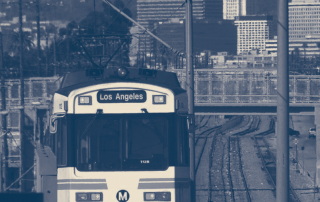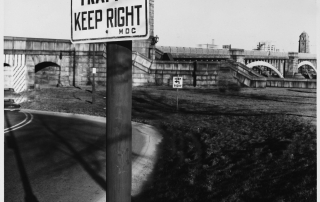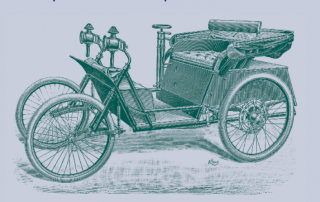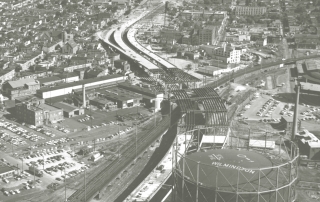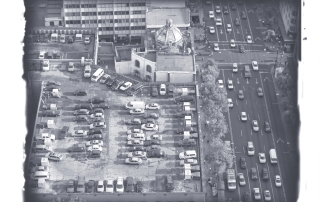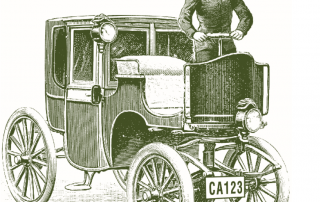Equity as a Factor in Surface Transportation Politics
Alan Altshuler
By far the largest federal infrastructure grant program in the United States is for highways and urban mass transportation, totaling $60 billion in 2011 alone. Two of the three most recent multi-year authorizations for surface transportation programs, enacted in 1998 and 2005, featured equity in their formal titles. Many states argued that, to be equitable, federal highway aid should mirror revenue flows from each state into the federal Highway Trust Fund. In contrast, few argued for equity on behalf of the poor and disabled.
Download the PDF.


